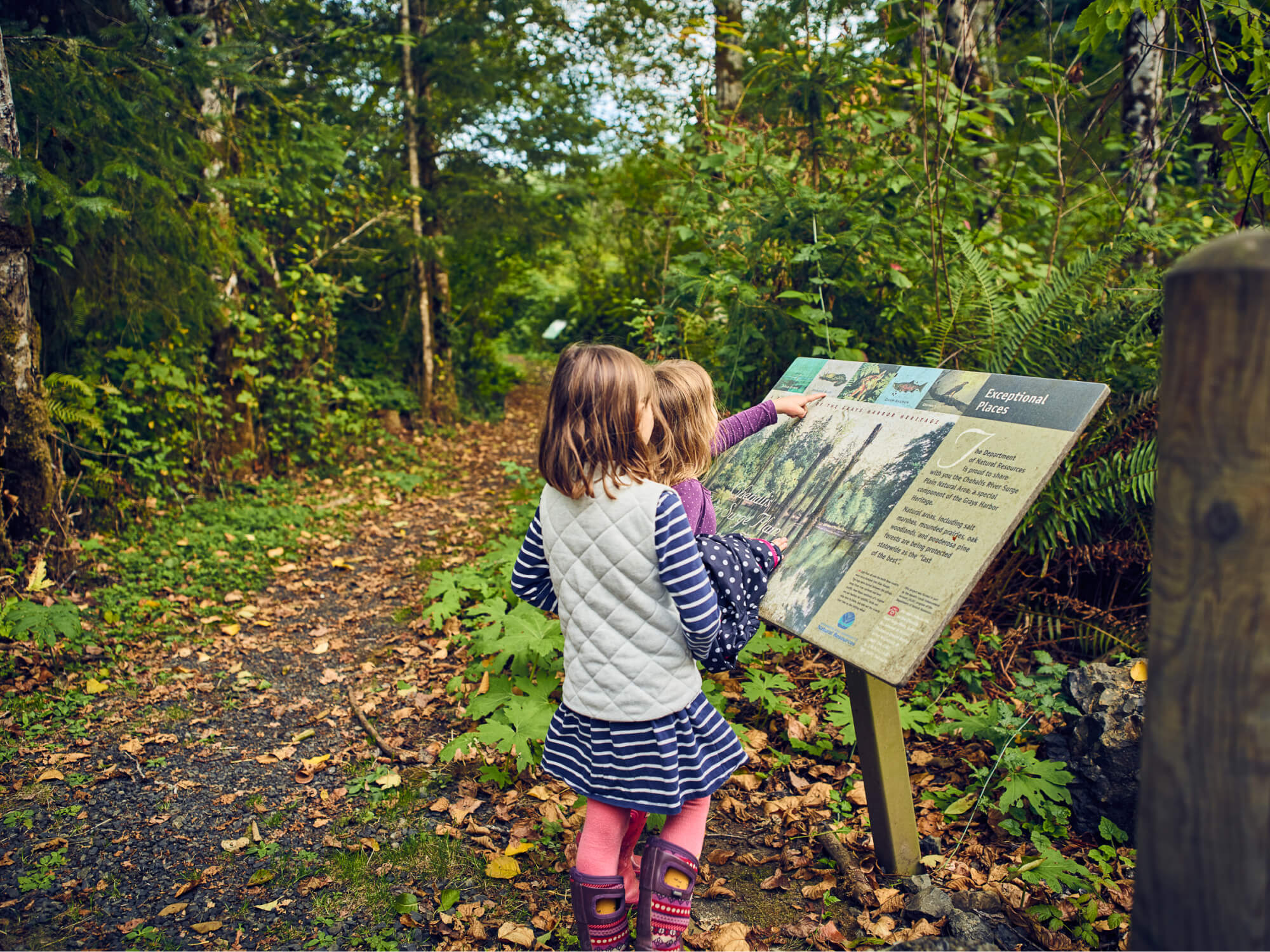CHILOQUIN, Ore.— Western Rivers Conservancy and the U.S. Fish and Wildlife Service have successfully
conserved a 2,200-acre ranch along the Williamson River, in the headwaters of
the Klamath River and adjacent to the Klamath Marsh National Wildlife Refuge.
Western Rivers Conservancy conveyed the property to the Service for
inclusion and protection within the 40,000-acre wildlife refuge, permanently
protecting three miles of the Williamson River. The project will improve both the
quality and quantity of water entering the marsh from the river, which will in
turn bolster water quality within the Klamath system as a whole.
The effort also preserves extensive marshlands and wet meadows that shelter
a diverse assemblage of migratory bird species that travel up and down the
Pacific Flyway during their migration between Alaska and South America.
Originally part of the Klamath Tribes’ ancestral homelands, the ranch was
later owned by the legendary William “Kitt” Kittredge, who began ranching the area
in the early 1900s. The Kittredge Ranch spanned over 68,000 acres of marsh and
meadowlands, and was one of the West’s largest ranches at the time.
“The impact this project will have on the Klamath system is extraordinary,”
said Zach Spector, project operations director for Western Rivers Conservancy.
“It will improve the upper Williamson River and Klamath Marsh, deliver better
and more water to the Klamath River, and protect outstanding habitat at the
heart of one of the West’s most important bird areas.”
Located on the eastern edge of the wildlife refuge, the property hosts tens
of thousands of nesting and feeding birds throughout the year. The Service expects
those numbers to grow as it restores the property’s river channels and
marshlands.
“This acquisition
would not have been possible without Western Rivers Conservancy. This is a
great addition to the National Wildlife Refuge System and to Klamath Marsh
National Wildlife Refuge,” said Greg Austin, Klamath Basin National Wildlife
Refuge Complex manager. “The Service looks forward to working with the
Klamath Tribes to develop a habitat management plan that improves the
marsh.”
Notable bird species that utilize the property include
cinnamon teal, gadwall, mallard, sandhill crane, trumpeter swans, Forster’s
tern, dowitchers, sandpipers, and hundreds of others. The area also shelters
the rarely-seen yellow rail, which has 200 nesting pairs in the Klamath Marsh,
or about half of the West’s breeding population.
Surrounding the marshlands, the property’s ponderosa pine
forests support deer, elk and pronghorn. The project has great opportunities to
benefit the Williamson’s scale-tipping redband trout (famous among anglers), the
Miller Lake lamprey, listed as an Oregon sensitive species, and the federally endangered
Lost River and shortnose suckers.
The Williamson River supplies Klamath Marsh with
high-quality water that eventually reaches Upper Klamath Lake, providing half
of the lake’s inflows. To improve the quantity and quality of these flows, the Service
plans to restore and reconnect the property’s reach of the Williamson River and
recreate natural channel meanders that deliver water to the marsh. The water flowing
out of the marsh is naturally rich in tannic acids, which help suppress toxic
algal blooms in Upper Klamath Lake.
“By delivering increased flows and better water quality at the
very source of the Klamath River, this project will benefit not just fish and
wildlife but everyone who depends on a healthy Klamath River: the Klamath Tribes, the agricultural
community and recreationists alike,” said Spector.
Western Rivers Conservancy has been working in the Klamath
basin for more than a decade to protect vital habitat and cold-water sources
for fish, wildlife and local communities. On California’s North Coast, Western
Rivers and the Yurok Tribe created an unprecedented salmon sanctuary in 2018,
protecting the entire lower half of Blue Creek, the most important source of
cold water for salmon and steelhead on the lower Klamath River.
This effort
on the Williamson River was made possible with funding from the Migratory Bird
Conservation Fund, which utilizes Federal Duck Stamps and other funding sources
for the Department of the Interior to acquire and protect important migratory
bird habitat within the National
Wildlife Refuge System. Generous support was also received from Meyer Memorial
Trust, Giles W. & Elise G. Mead Foundation, Evermine, Weeden Foundation, Rose E. Tucker Charitable
Trust, The Flyfisher Foundation, Pacific Power Foundation and donor advised
funds of Oregon Community Foundation, including GreenSprings Fund, Marshik
Family Fund, and Schamp Family Fund.
###
ABOUT THE PROJECT PARTNERS
Western Rivers
Conservancy acquires lands along rivers throughout the West to conserve
habitat for fish and wildlife and to create or improve public access for
compatible use and enjoyment. By cooperating with local agencies and
organizations and by applying decades of land acquisition experience, WRC
secures the health of whole ecosystems. WRC has protected hundreds of miles of
stream frontage on great western rivers, including the Klamath, North Umpqua,
John Day, Eel, Madison, Rio Grande, Yampa, Salmon and Snake rivers. To learn
more, visit www.westernrivers.org
The Klamath Marsh National Wildlife
Refuge is administered by the U.S. Fish and Wildlife Service. It is one of six refuges within the
larger Klamath Basin National Wildlife Refuge Complex, a freshwater mosaic
of lakes and meadows that hosts
two-thirds of the millions of
migratory birds that navigate the Pacific Flyway each year between Patagonia
and Alaska.
Part of the Klamath Tribes’ indigenous
homeland, the 40,000-acre Klamath Marsh National Wildlife Refuge includes
expansive wet meadows, open water wetlands, and the upper reaches of the
Williamson River, altogether supporting important nesting, feeding, and staging
habitat for waterfowl and sandhill crane.
During the current public health emergency,
outdoor recreation sites at national wildlife refuges, including the Klamath
Marsh, remain open to the public as social distancing allows. For more
information, visit fws.gov/refuge/klamath_marsh

